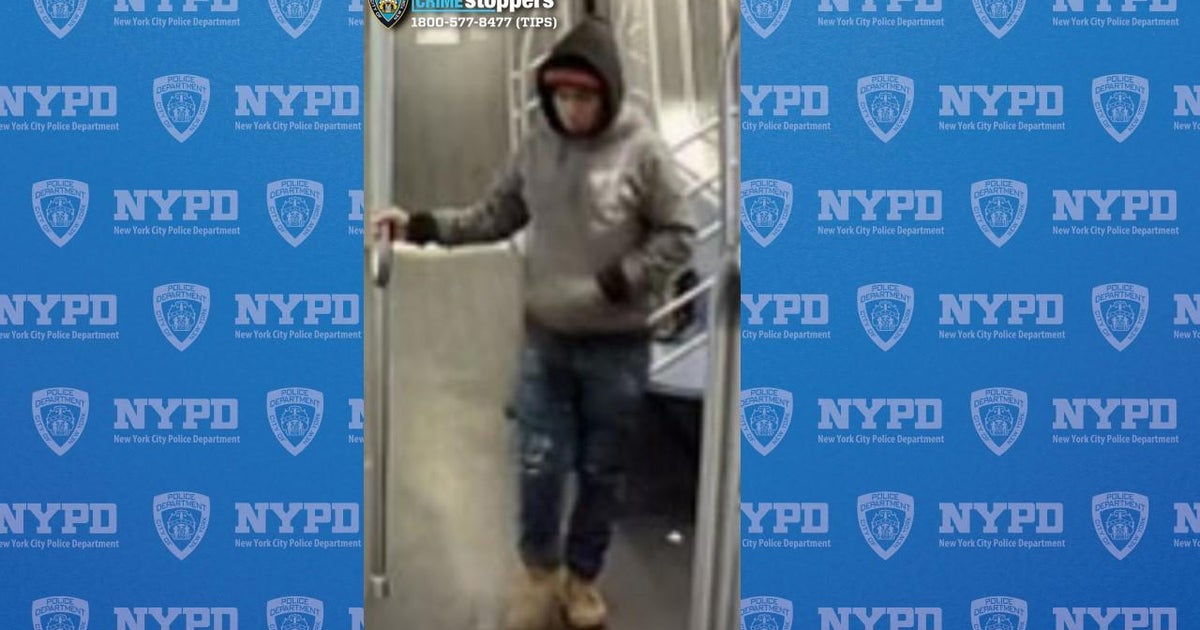Scientists, Emergency Planners Conducting Air Flow Study In NYC This Week To Improve Response Protocols
NEW YORK (CBSNewYork) -- Is the Big Apple prepared for a chemical or biological attack? What about an accidental release of hazardous materials?
An air study being conducted this week in all five boroughs by the Department of Homeland Security could help emergency planners figure that out, CBS2's Alice Gainer reported Monday.
Non-toxic particles are being released into the air by scientists.
"It's a sugar-based molecule and it has a DNA tag that we can look for," said Mandeep Virdi of MIT Lincoln Laboratory.
"It's a sugar that is found in food substances," added The DHS' Dr. Donald Bansleben.
Gases are being released, too.
"It's instantly volatilized and the fan pushes the plume right up into the air, so we can deliver the chemical, the liquid tracer, in a very controlled way," said Marion Russell, a chemist with Lawrence Berkeley National Lab.
"The gas is actually a perflurocarbon tracer, which is completely safe. It's used a lot in air flow studies," Virdi added.
Sampling and sensor equipment is set up at more than 120 stations and outdoor locations, Gainer reported.
"It's basically a vacuum pump with a filter. Then they're going to collect the materials," Virdi said.
Scientists will measure how far the materials traveled and the concentration, allowing them to see, "how aerosol materials that may be hazardous to the public, how they are moving through a very complex urban environment," Bansleben said.
The scientists insist test materials are safe and they're being transparent -- a far cry from decades' past.
Back in the 1940s through '60s, the U.S. Army secretly released bacteria it thought were harmless across cities, including into the New York City subway system, for germ warfare studies.
This week's air flow study is a follow-up to previous testing and required years of planning and rigorous approval, not just from the feds but also the MTA, NYPD, Port Authority and Department of Health of both New York and New Jersey, where samples will also be collected.
"If people are getting on PATH and going home at night, are the trains carrying material into New Jersey," Bansleben said.
The scientists said the equipment is clearly marked and it won't affect or change your commute -- just hopefully help better prepare officials and help refine airflow.
The last time they did this kind of testing on a smaller scale was back in 2016, and as a result there were significant changes in terms of emergency response protocols.



